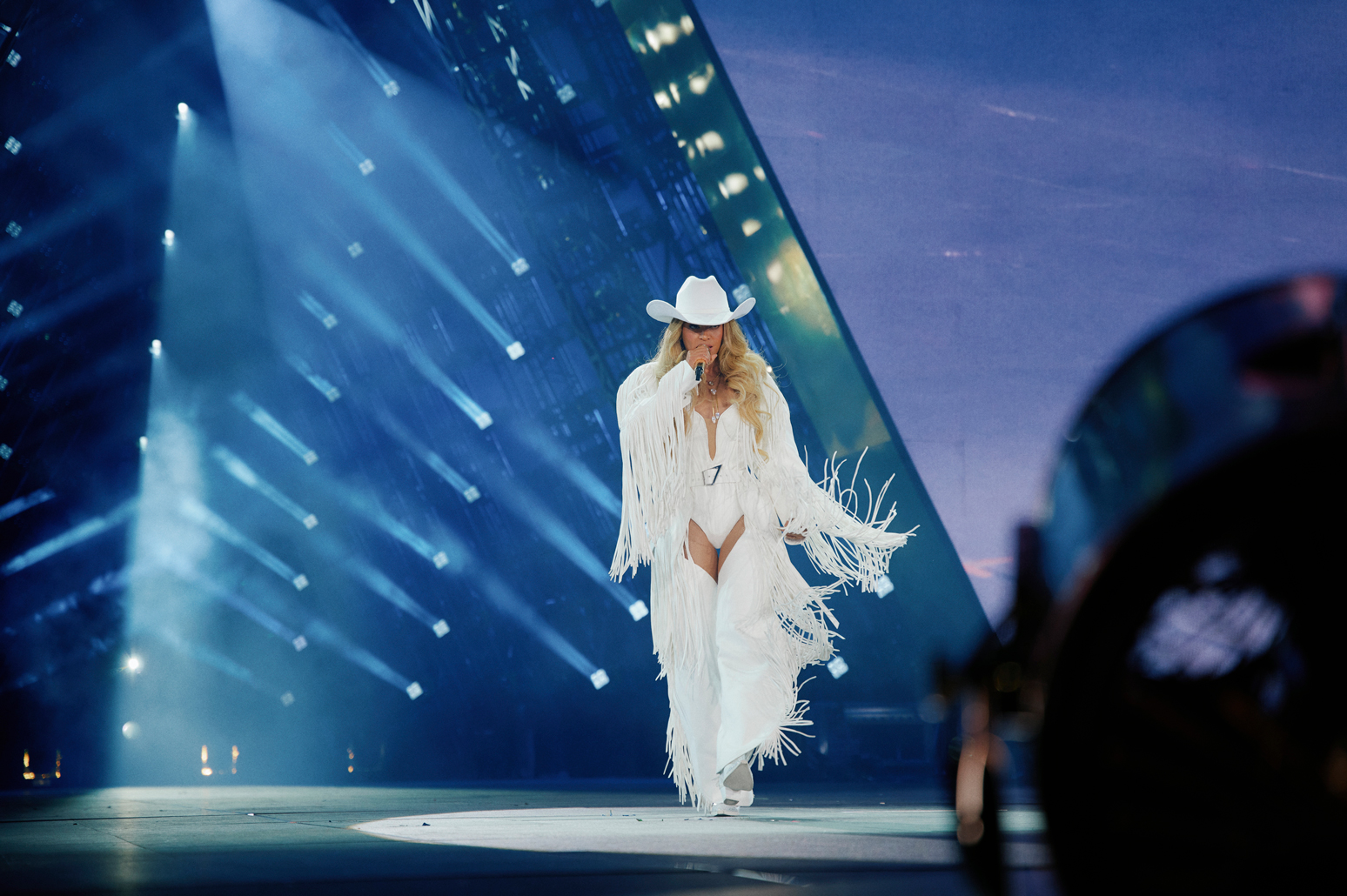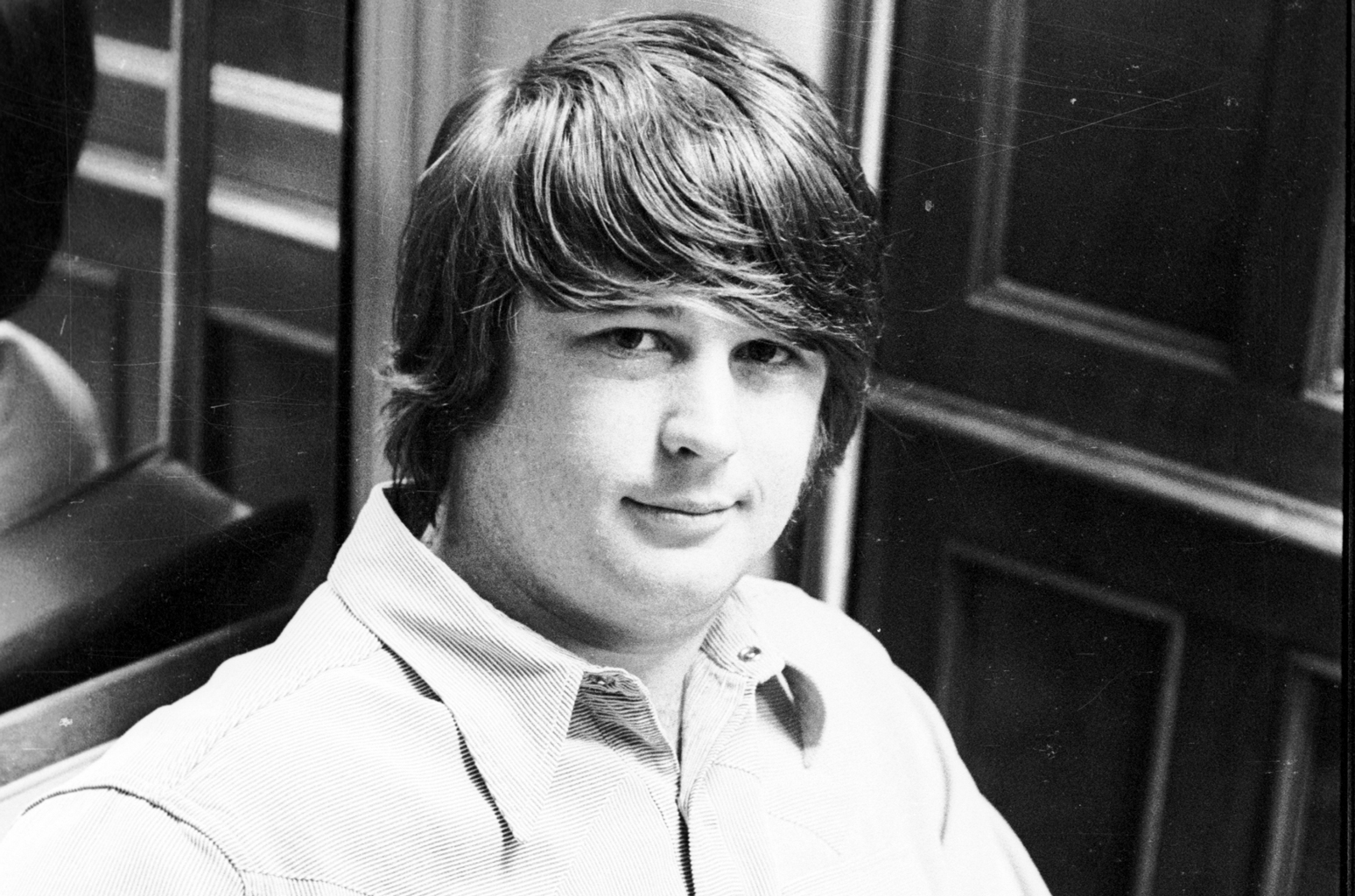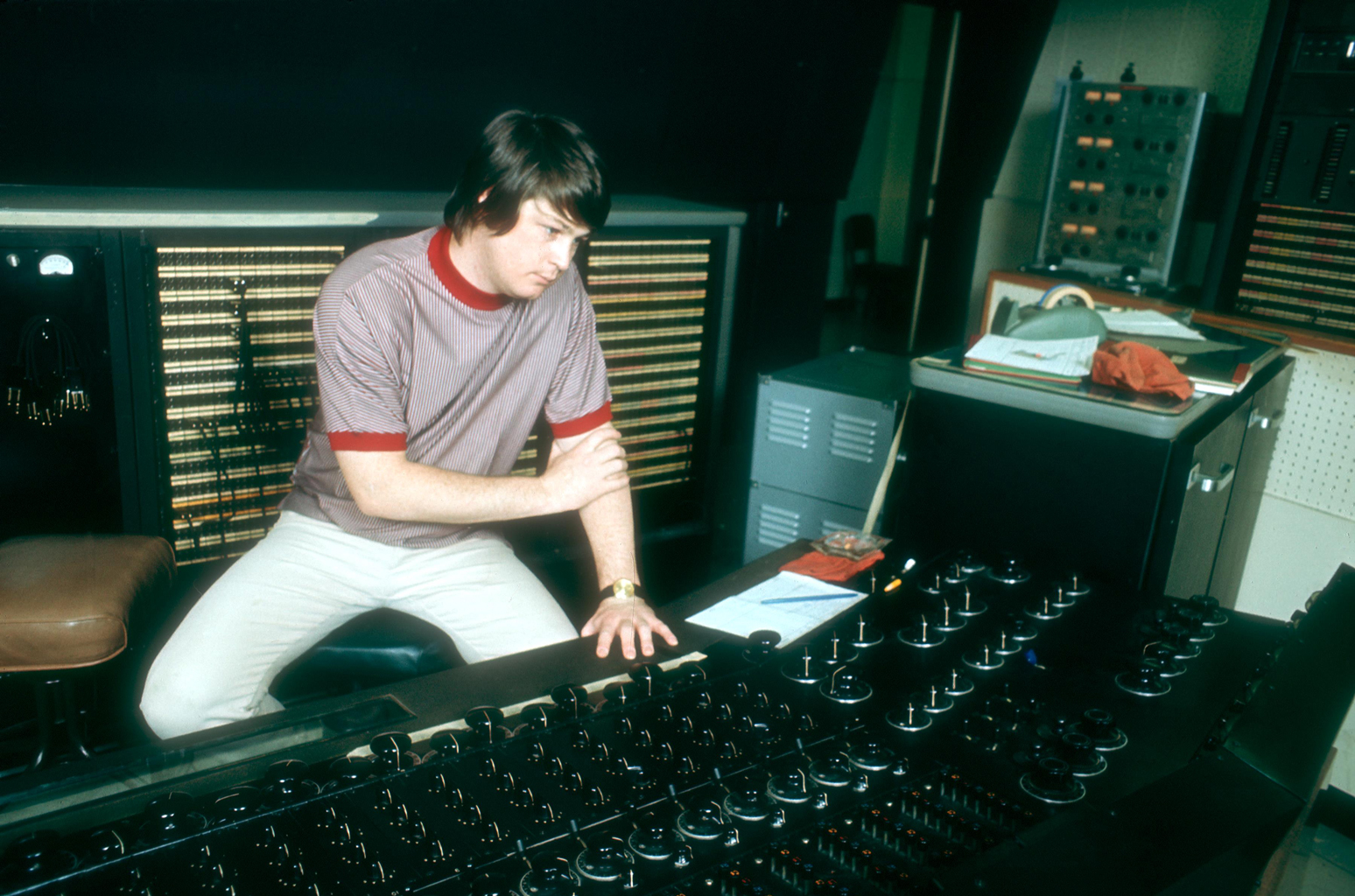Entertainment
Cleo Laine, British Jazz Singer & Tony-Nominated Theater Actress, Dies at 97
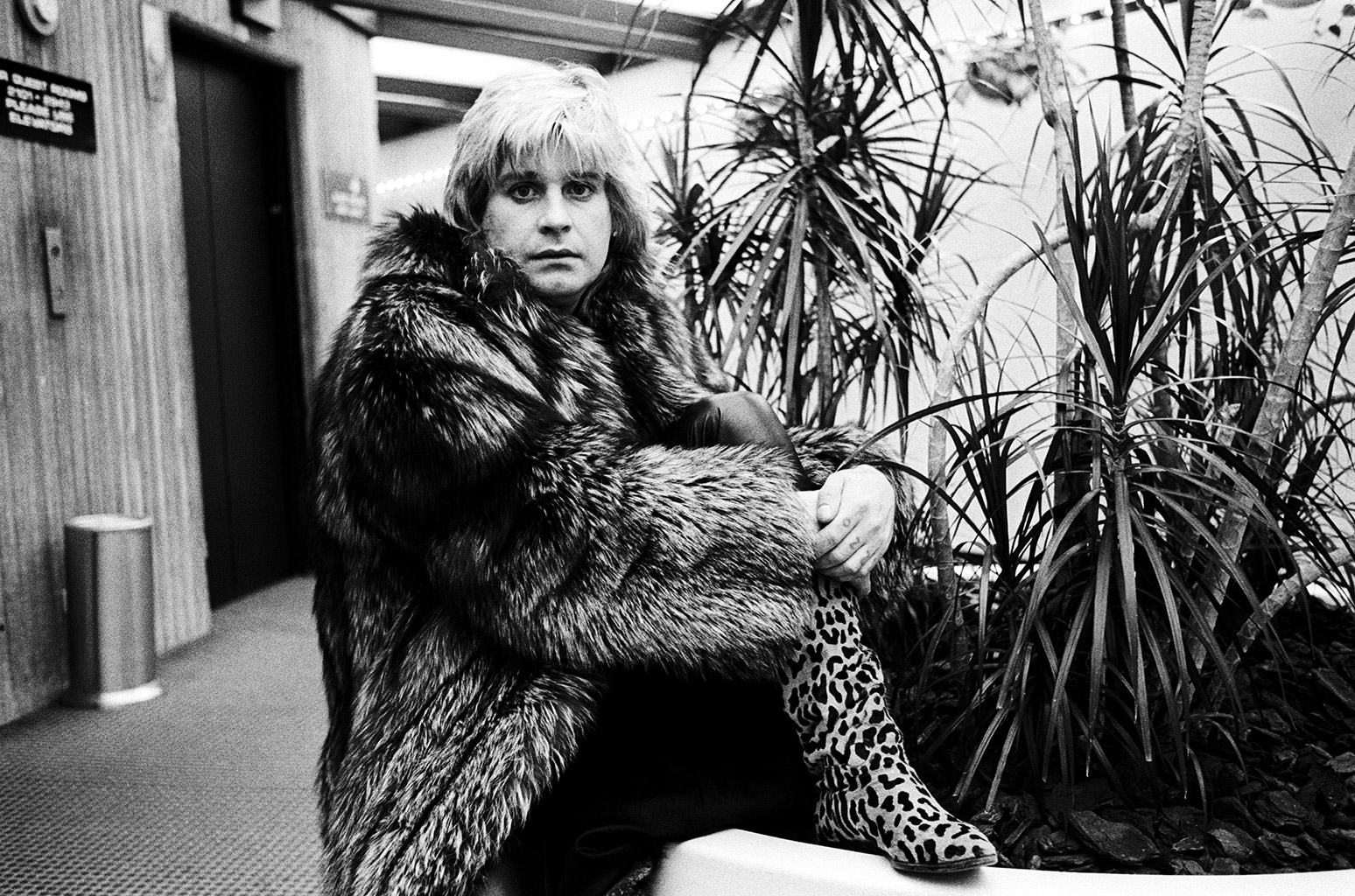
Cleo Laine, whose husky contralto was one of the most distinctive voices in jazz and who was regarded by many as Britain’s greatest contribution to the quintessentially American music, has died. She was 97.
The Stables, a charity and venue Laine founded with her late jazz musician husband John Dankworth, said Friday (July 25) it was “greatly saddened” by the news that “one of its founders and Life President, Dame Cleo Laine has passed away.”
Monica Ferguson, artistic director of The Stables, said Laine “will be greatly missed, but her unique talent will always be remembered.”
Laine’s career spanned the Atlantic and crossed genres: She sang the songs of Kurt Weill, Arnold Schoenberg and Robert Schumann; she acted on stage and on film, and even played God in a production of Benjamin Britten’s Noye’s Fludde.
Laine’s life and art were intimately bound up with band leader Dankworth, who gave her a job and her stage name in 1951, and married her seven years later. Both were still performing after their 80th birthdays. Dankworth died in 2010 at 82.
In 1997, Laine became the first British jazz artist to be made a dame, the female equivalent of a knight.
“It is British jazz that should have received the accolade for its service to me,” she said when the honor was announced. “It has given me a wonderful life, a successful career and an opportunity to travel the globe doing what I love to do.”
Laine was born Clementina Dinah Campbell in 1927. Her father, Alexander Campbell, was a Jamaican who loved opera and earned money during the Depression as a street singer. Despite hard times, her British mother, Minnie, made sure that her daughter had piano, voice and dance lessons.
She began performing at local events at age 3, and at age 12 she got a role as a movie extra in The Thief of Bagdad. Leaving school at 14, Laine went to work as a hairdresser and faced repeated rejection in her efforts to get a job as a singer.
A decade later, in 1951, she tried out for the Johnny Dankworth Seven, and succeeded. “Clementina Campbell” was judged too long for a marquee, so she became Cleo Laine.
“John said that when he heard me, I didn’t sound like anyone else who was singing at the time,” Laine once said. “I guess the reason I didn’t get the other jobs is that they were looking for a singer who did sound like somebody else.”
Laine had a remarkable range, from tenor to contralto, and a sound often described as “smoky.”
Dankworth, in an interview with the Irish Independent, recalled Laine’s audition.
“They were all sitting there with stony faces, so I asked the Scottish trumpet player Jimmy Deuchar, who was looking very glum and was the hardest nut of all, whether he thought she had something. ‘Something?’ he said, ‘She’s got everything!’”
Offered 6 pounds a week, Laine demanded — and got — 7 pounds.
“They used to call me ‘Scruff’, although I don’t think I was scruffy. It was just that having come from the sticks, I didn’t know how to put things together as well as the other singers of the day,” she told the Irish Independent. “And anyway, I didn’t have the money, because they weren’t paying me enough.”
Recognition came swiftly. Laine was runner-up in Melody Maker’s “girl singer” category in 1952, and topped the list in 1956 and 1957.
She married Dankworth — and quit his band — in 1958, a year after her divorce from her first husband, George Langridge. As Dankworth’s band prospered, Laine began to feel underused.
“I thought, no, I’m not going to just sit on the band and be a singer of songs every now and again when he fancied it. So it was then that I decided I wasn’t going to stay with the band and I was going to go off and try to do something solo-wise,” she said in a BBC documentary.
“When I said I was leaving, he said, ‘Will you marry me?’ That was a good ploy, wasn’t it, huh?”
They were married on March 18, 1958. A son, Alec, was born in 1960, and daughter Jacqueline followed in 1963.
Despite her happy marriage, Laine forged a career independent of Dankworth.
“Whenever anybody starts putting a label on me, I say, ‘Oh, no you don’t,’ and I go and do something different,” Laine told The Associated Press in 1985 when she was appearing on stage in New York in The Mystery of Edwin Drood.
Her stage career began in 1958 when she was invited to join the cast of a West Indian play, Flesh to a Tiger, at the Royal Court Theatre, and was surprised to find herself in the lead role. She won a Moscow Arts Theatre Award for her performance.
Valmouth followed in 1959, The Seven Deadly Sins in 1961, The Trojan Women in 1966 and Hedda Gabler in 1970.
The role of Julie in Jerome Kern’s Show Boat in 1971 provided Laine with a show-stopping song, “Bill.”
Laine began winning a following in the United States in 1972 with a concert at the Alice Tully Hall in New York. It wasn’t well-attended, but The New York Times gave her a glowing review.
The following year, she and Dankworth drew a sold-out audience at Carnegie Hall, launching a series of popular appearances. Cleo at Carnegie won a Grammy award in 1986, the same year she was a Tony nominee for The Mystery of Edwin Drood.
A reviewer for Variety in 2002 found her voice going strong: “a dark, creamy voice, remarkable range and control from bottomless contralto to a sweet clear soprano. Her perfect pitch and phrasing is always framed with musical imagination and good taste.”
Perhaps Laine’s most difficult performance of all was on Feb. 6, 2010, at a concert celebrating the 40th anniversary of the concert venue she and Dankworth had founded at their home, during which Laine and both of her children performed.
“I’m terribly sorry that Sir John can’t be here today,” Laine told the crowd at the end of the show. “But earlier on my husband died in hospital.”
Laine said in an interview with the Boston Globe in 2003 that the secret of her longevity was that “I was never a complete belter.”
“There was always a protective side in me, and an inner voice always said, ‘Don’t do that — it’s not good for you and your voice.’”
Laine is survived by her son and daughter.
Entertainment
Tim Dillon Fired From Riyadh Comedy Festival for Saudi Slavery Remarks: ‘They Didn’t Like That’

Tim Dillon will not be traveling to the Riyadh Comedy Festival next month. The California comedian and host of The Tim Dillon Show podcast says he was fired from the Oct. 8 Saudi Arabia festival for comments he made about the country on Joe Rogan‘s podcast.
Besides losing a $375,000 payday (an amount Dillon confirmed to Rogan), he also lost a nearby warm-up gig in Dubai two nights before his Riyadh appearance after mixing up the Arab emirate with Abu Dhabi (the rival cities are both part of the United Arab Emirates).
“I mixed them up — apparently this is a big deal over there. This is a real problem,” he said on a recent episode of his podcast. “This is not a malicious slander. It’s a mistake.”
The Riyadh Comedy Festival — which mostly takes place at the Bakr Al-Sheddi Theatre and ANB Arena from Sept. 25 to Oct. 9, features a number of top tier comedians including Dave Chappelle, Bill Burr, Gabriel Iglesias, Aziz Ansari, Kevin Hart, Jeff Ross, Chris Distefano, Tom Segura, Jo Koy, Sam Morril, Hannibal Buress, Andrew Schultz, Sebastian Maniscalco, Whitney Cummings, Jimmy Carr, Louis CK, Pete Davidson, Russell Peters and Chris Tucker.
“Supposedly, MBS is a fan of mine,” Dillon said two weeks ago on the Joe Rogan Experience podcast, referring to Saudi head of state Mohammed Bin Salman.
Dillon was reportedly fired from the festival for claiming that Saudi Arabia relies on slave labor — a controversial take on the country’s foreign laborers laws that some groups, including Human Rights Watch, have criticized as “slavery-like.” Legally, slavery was abolished in the Kingdom in the 1960s.
Dillon said the slavery jokes were a misunderstanding with his Saudi hosts, saying on his podcast, “I was defending them for having slaves. I literally said, ‘Slaves are hard workers and for the most part agreeable.’ But they didn’t like that.”
“You can literally support somebody too much,” he added. “In life, this happens. Too many compliments; too much support — and then they turn on you.”
He clarified his comments further, noting, “If i was a slave — not that I want to be one, but if I was and I built this really nice thing, I might say to my slave children, ‘Daddy built that,'” concluding, “Apparently this got to the people in Saudi Arabia and they were unhappy about it.”
The Riyadh Comedy Festival opens Sept. 25 with performances by Burr, Maz Jobrani and Andrew Santino and Bobby Lee from the Bad Friends podcast. More here.
Entertainment
Wilson Phillips, Kenny Loggins & More to Perform at Charity Concert Honoring Brian Wilson & The Beach Boys
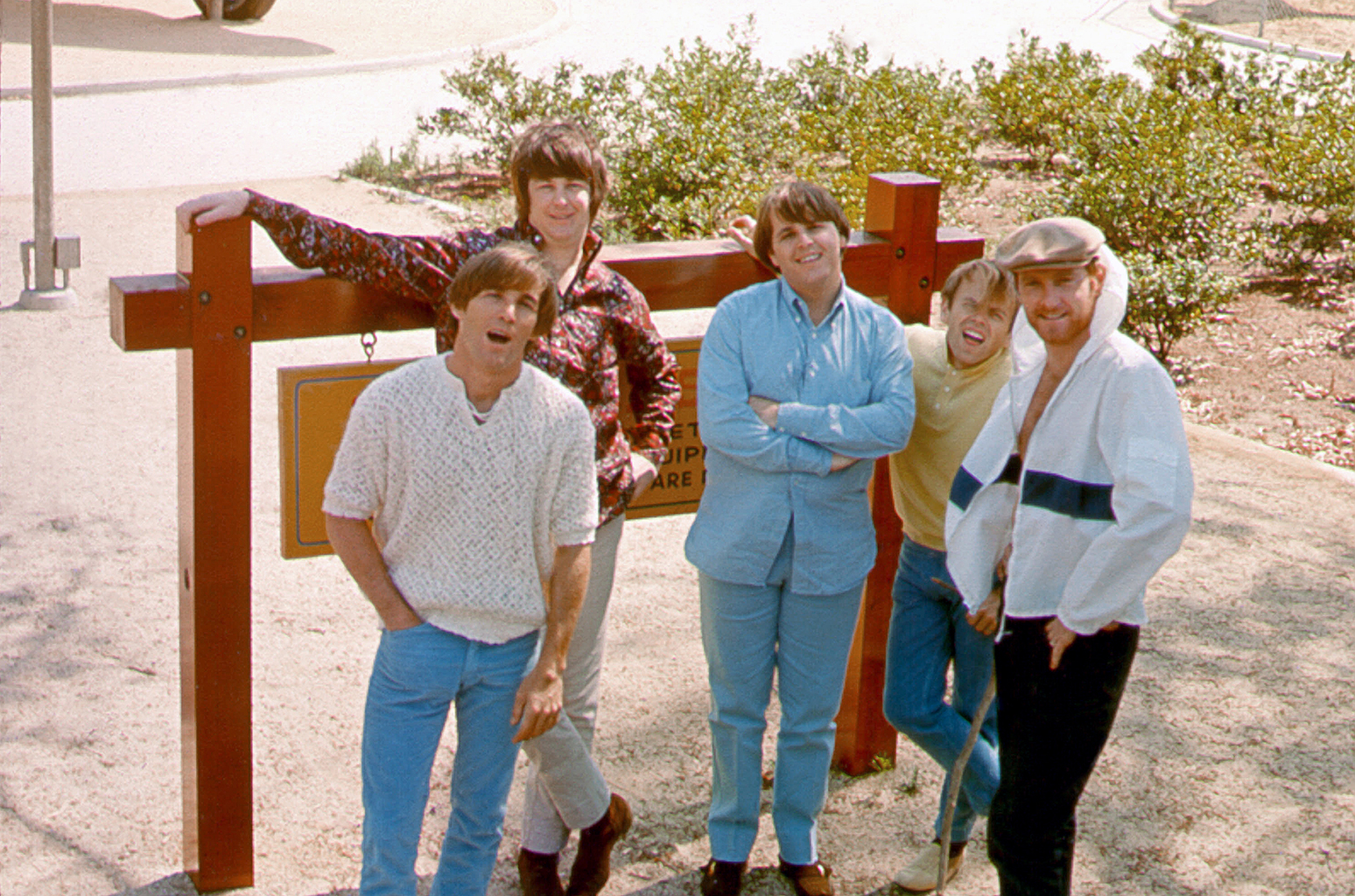
Wilson Phillips, Kenny Loggins, David Pack of Ambrosia and more are set to perform at a charity concert celebrating the music of Brian Wilson and The Beach Boys on Saturday, Sept. 27 at the Granada Theatre in Santa Barbara.
Wilson Phillips features two of Wilson’s daughters, Carnie and Wendy Wilson, as well as Chynna Phillips, the daughter of John and Michelle Phillips. The concert will also feature Brian Wilson’s grandchildren, so it will spotlight three generations of the Wilson family.
The concert, dubbed An All-Star Tribute to the Music of Brian Wilson & Songs of The Beach Boys, will feature the Folk Orchestra of Santa Barbara. Other guest performers are expected to include The Honeys; former members of The Beach Boys and the Brian Wilson Band; and keyboardist Don Randi (The Wrecking Crew); with appearances by Rosemary Butler (Jackson Browne), Ken Stacey (Elton John), Hunter Hawkins (Kenny Loggins), Carly Smithson (American Idol), Alisan Porter (The Voice) and poet Stephen J. Kalinich. These acts will be backed by The Tribe Band, who will perform an array of Beach Boys favorites.
The show begins at 7:30 p.m. Here’s a link for tickets. VIP packages are also available.
Proceeds will be donated to Adam’s Angels, a local group of volunteers, and the Surfrider Foundation of Santa Barbara, dedicated to the protection and enjoyment of the world’s oceans and beaches.
Brian Wilson died on June 11 at age 82. He was the third member of the fabled group to pass, following brothers Dennis in 1983 at age 39 and Carl in 1998 at age 51.
Entertainment
AI Artist Xania Monet, Diddy Sentencing Looms, Ticketmaster Lawsuit & More Music Law News

THE BIG STORY: If you needed another clear sign that artificial intelligence is seeping into every aspect of American cultural life, here’s one: An AI artist just signed a record deal, the hallowed milestone of success for any emerging musician.
As first reported by Billboard last week, Xania Monet — the avatar of a woman named Telisha Jones who writes her own lyrics but uses Suno to create the music — inked a record contract worth millions. The deal has quickly become the talk of the industry, including from stars who have spoken out, including Kehlani, who said: “I don’t respect it.”
But…what exactly is a label buying here? It remains unclear the extent to which you can secure intellectual property rights to AI-generated songs, raising hurdles for monetizing them. And platforms like Suno are still facing trillion-dollar infringement lawsuits that essentially claim the technology itself is illegal. For more, go read our full story.
You’re reading The Legal Beat, a weekly newsletter about music law from Billboard Pro, offering you a one-stop cheat sheet of big new cases, important rulings and all the fun stuff in between. To get the newsletter in your inbox every Tuesday, go subscribe here.
Other top stories this week…
BLIGE CASE TOSSED – A federal judge dismissed a lawsuit against Universal Music Group claiming Mary J. Blige’s enduring 1992 hit “Real Love” infringed the oft-sampled 1973 funk song “Impeach the President” by the Honey Drippers, which has been used by Run-DMC, Dr. Dre, Doja Cat and many others over the years. The judge said the two songs were so different that nobody would hear the earlier song: “The songs do not sound the same.”
DIDDY SENTENCING – Attorneys for Sean “Diddy” Combs urged a federal judge to sentence him to just 14 months in prison on his prostitution convictions, asking him to reject the kind of “draconian” punishment sought by prosecutors. Because the star has already served 13 months in jail since he was arrested, that sentence would see him released almost immediately: “It is time for Mr. Combs to go home.”
LETTERS OF SUPPORT – To help make that argument, Diddy’s lawyers filed dozens of letters from supporters, pleading with the judge to show lenience toward the rapper when he sentences him next month. They came from Diddy’s mother and kids, from ex-girlfriend Yung Miami and from an executive at hip-hop label Quality Control Music — among many others.
SUNO SUIT 2.0 – Separate from the Xania Monet situation, the major record labels filed an amended version of their copyright lawsuit against the AI music firm, adding new allegations that the company illegally “stream-ripped” songs from YouTube to train its models. That’s a hugely important new claim: In a separate such lawsuit against Anthropic, a federal judge ruled this summer that AI training itself is likely a legal “fair use” but that using pirated works to do it could lead to many billions in potential damages.
FTC, YEAH YOU KNOW ME – The Federal Trade Commission filed a lawsuit against Live Nation and Ticketmaster accusing the concert giants of advertising misleading ticket prices and allowing scalpers to buy up tickets and resell them at inflated prices. The case came months after the agency sued a ticket broker that allegedly used thousands of fake Ticketmaster accounts to buy and resell tickets to Taylor Swift concerts and other events — and two years after Live Nation was hit with a sweeping monopoly lawsuit by the U.S. Department of Justice.
HYPE VID SETTLEMENT – Mike Tyson settled a lawsuit claiming he illegally used the Jay-Z, DMX and Ja Rule song “Murdergram” in an Instagram video promoting his boxing match against Jake Paul. The case was filed by Ty Fyffe, a producer and co-writer of the 1998 track who claimed that Tyson had willfully infringed his copyrights by using the song in a training video ahead of his much-hyped fight with Paul.
LOSE YOUR … CASE? – Meta urged a federal judge to dismiss a lawsuit from Eight Mile Style, a music publisher that owns hundreds of Eminem songs, which claims the social media giant made “Lose Yourself” and other iconic tracks available to billions of users. In the motion, Facebook’s lawyers argued the case was “remarkably short on specifics” about actual infringing material: “Fanciful estimates are not a substitute for well-pleaded facts,” the company wrote.
NEVER MEANT TO CAUSE YOU ANY PAIN – The Prince estate asked a judge to dismiss a lawsuit by the late singer’s Purple Rain co-star Apollonia (Patty Kotero) that claims the estate is trying to “steal” her name, arguing it has no intention of forcing her to change her name — and has repeatedly told her as much. The filing did say, however, that Apollonia secured her own trademarks during “the chaotic period following Prince’s death.”
SEX TAPE LEAK CASE – Colombian pop star Beéle was hit with a lawsuit alleging invasion of privacy and sexual cyberharassment from ex-girlfriend Isabella Ladera, claiming he is responsible for leaking their sex tape. Beéle’s reps have denied that he was the source of the leak and said the singer is “also a victim,” but Ladera’s lawsuit placed the blame squarely on him: “Only two people had the videos, and Ladera had already erased them almost a year and a half before.”
MEGAN THEE PLAINTIFF – Lawyers for Megan Thee Stallion argued in court filings that the social media personality DJ Akademiks must reveal whether Tory Lanez sent him a confidential DNA testing report during the singer’s criminal case. The filings came amid discovery in a defamation case against Milagro Gramz, a gossip blogger and ardent online defender of Lanez.
-

 Entertainment6 months ago
Entertainment6 months agoNew Kid and Family Movies in 2025: Calendar of Release Dates (Updating)
-

 Entertainment3 months ago
Entertainment3 months agoBrooklyn Mirage Has Been Quietly Co-Managed by Hedge Fund Manager Axar Capital Amid Reopening Drama
-
Tech6 months ago
The best sexting apps in 2025
-

 Entertainment5 months ago
Entertainment5 months agoKid and Family TV Shows in 2025: New Series & Season Premiere Dates (Updating)
-

 Tech7 months ago
Tech7 months agoEvery potential TikTok buyer we know about
-
Tech7 months ago
iOS 18.4 developer beta released — heres what you can expect
-

 Tech7 months ago
Tech7 months agoAre You an RSSMasher?
-

 Politics7 months ago
Politics7 months agoDOGE-ing toward the best Department of Defense ever


